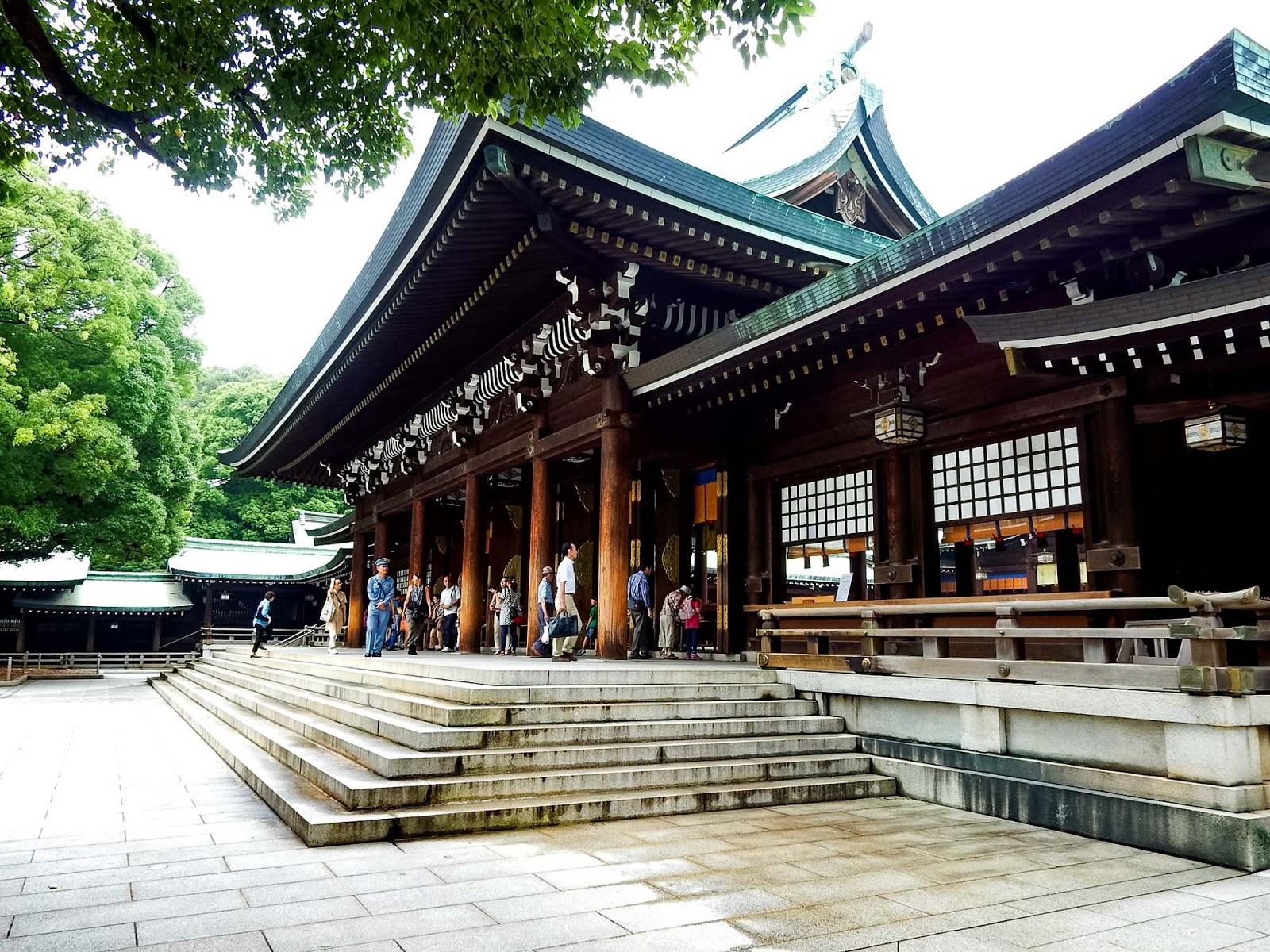

At first sight, these coats of arms might seem identical, but they are not. The two outer faces of each one of these plinths are decorated with the Barberini coat of arms, so there are eight of them. In fact, this family crest is to be found at the base of each one of the columns of the baldacchino, on four marble plinths supporting the whole structure. Their coat of arms included three bees on a blue background, next to a papal tiara and St. These bees are the symbol of the Barberini family, to which Pope Urban VIII belonged. In fact, small sculpted bees are to be found almost everywhere around the Basilica, both inside and outside.

Now, whomever approaches the baldacchino will immediately notice that its twisted columns, modeled on the pillars of Solomon’s temple, are decorated with laurel leaves and, strangely enough, bees.

Shutterstock Whomever approaches the baldacchino will immediately notice that its twisted columns, modeled on the pillars of Solomon’s temple, are decorated with laurel leaves and, strangely enough, bees. Peter’s baldacchino, a pavilion-like structure which is 98 feet tall (we’re talking a 10-story tall building inside a basilica) considered to be the biggest bronze structure in the world. From this exceptional joint venture, an equally exceptional work of art was born: St. However, clever boy as he was, he decided to call his lifelong rival, Francesco Borromini, to join him in this exceptionally important task.

He was already an exceptional sculptor, but not yet an excellent architect. I’m not sure if this would make the puzzles harder or easier for someone who has never seen kanji numbers (in one puzzle you simply need to recognize the symbols in another you’re asked to add up a count), but I appreciated that the developers went with kanji and not random symbols or Roman numerals.The acknowledged father of Baroque sculpture Gian Lorenzo Bernini (“the Shakespeare of sculpture,” according to Katharine Eustace, editor of The Sculpture Journal) was only 25 years old when Pope Urban VIII commissioned him to fashion the altar of St. One thing I found interesting was the use of Japanese numerals in the puzzles. Tengami uses kanji numerals in some puzzles. Tengami is admittedly more of an interactive story than a game-the puzzles are all easy to medium-level difficulty-and so the atmosphere, soundtrack, and sound effects are an important part of making you feel lost in this world. The game has a robust original soundtrack (available to stream onīandcamp) that features Japanese instruments like the koto. For example, swiping your finger across a temple might fold the temple into itself to reveal the temple’s interior, or swiping your finger across a building might switch the perspective from the east side to the south side.Ītmosphere is on point: Tengami is based on traditional Japanese culture and aesthetic, and the game does a very good job of cultivating an authentic atmosphere (while still feeling like a game, and not history lesson). The way pop-ups work in this game are similar to the perspective shifts in It’s not just the artwork that impresses. The way the pop-up pages have been drawn and animated are breathtaking-there were several times during my play-though that I stopped mid-pop-up just to marvel at how detailed the animation was. Gameplay is simple, and mostly involves sliding your finger across the screen to open and close pop-ups and double-tapping to move your character.


 0 kommentar(er)
0 kommentar(er)
